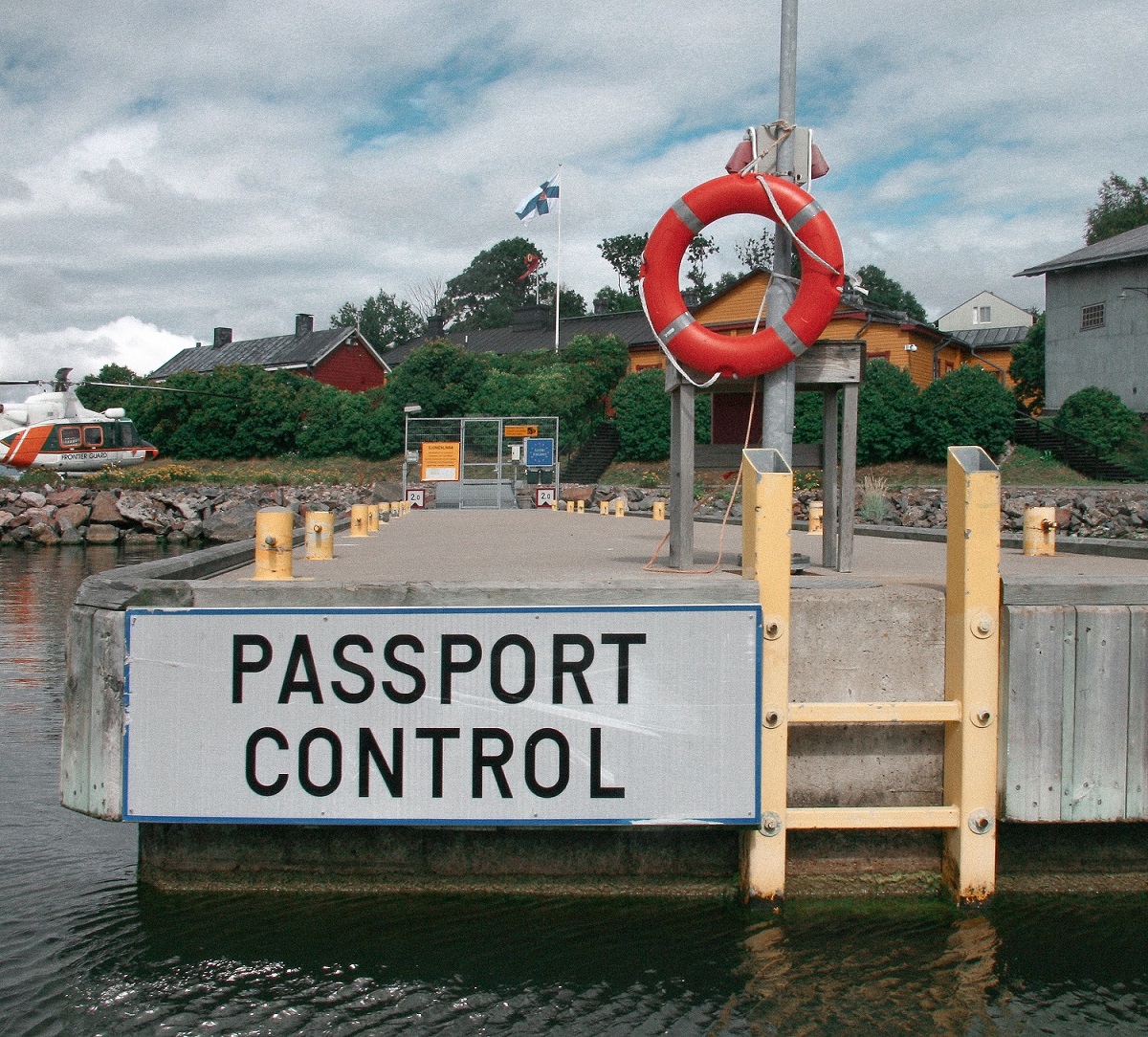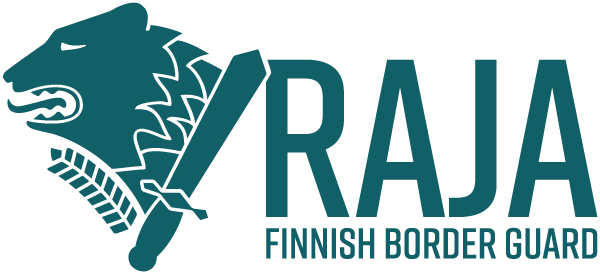
Border checks on recreational craft in Finland
Recreational boating refers to the use of recreational craft for sports or travel. Border checks mean inspections performed at border crossing points with the aim of ensuring that all persons, their vehicles and the articles in their possession are permitted to either enter or exit the Schengen Area. See below for a list of the Schengen countries.
Finland's territorial waters include its internal territorial waters and territorial sea, the outer border of which is – with a couple of exceptions – at a distance of 12 nautical miles (22.2 km) of the outer border of the internal territorial waters. A foreign recreational craft has the right to transit the territorial sea. Anchorage in the territorial sea is allowed when connected to regular maritime operations. Anchorage is also allowed if it is necessary due to a force majeure or an emergency, or when its purpose is provide aid to people or vessels in distress.
Entry into Finland and exit from Finland
The EU States currently applying the Schengen Code are Austria, Belgium, Bulgaria, Croatia, the Czech Republic, Denmark, Estonia, Finland, France, Germany, Greece, Hungary, Italy, Latvia, Liechtenstein, Lithuania, Luxembourg, Malta, the Netherlands, Poland, Portugal, Romania, Slovakia, Slovenia, Spain, and Sweden, but not the United Kingdom or Ireland. Non-EU States applying the Schengen Code are Iceland, Norway and Switzerland.
A recreational craft that departed from Finland and goes outside the seaward limit of Finland's territorial sea without visiting a port in another country may enter the country and exit the country without visiting a border crossing point and without being subjected to border checks other than randomly.
A recreational craft entering into Finland from another Schengen country, or a recreational craft departing for such a country, may enter into the country and exit the country without visiting a border crossing point and without being subjected to border checks other than randomly.
However, all recreational craft that can with justified cause be assumed to have crossed the external Schengen border may always be subjected to a border check regardless of their route or their port of departure or destination.
When travelling between Finland and a so-called third country that does not apply the Schengen Code (Russia in the Baltic Sea), a recreational craft is always obliged to undergo a border check. If a recreational craft from a third country has to dock in a port that is not a border crossing point due to a force majeure or imminent danger, such as extreme weather conditions, the captain of the vessel must immediately notify the border authorities in the nearest border crossing point about the vessel's arrival. No-one is allowed to leave nor any goods are allowed to be unloaded before the border check and the customs clearance have been completed.
Border check and customs clearance
Border checks are performed on recreational craft at border crossing points specified in a decree (Government Decree 901/2006). These are the Åland, Haapasaari, Hanko and Helsinki coast guard stations, the Port of Nuijamaa, and Santio. The control authorities also have the right to perform checks on Finland's territorial waters and elsewhere in ports.
During a border check, every person on the craft is subjected to, at a minimum, a check of a passport entitling entry into or exit from the country, or an equivalent document entitling one to travel, as well as a check of a visa and other conditions for entry into or exit from the country in the case of persons requiring a visa.
The captain of the vessel must provide the border check authority of the entry or exit location with a crew and passenger list, or otherwise provide information on the vessel's crew, passengers and other persons on board the vessel.
When departing from Finland to abroad, the captain of a recreational craft should reserve a sufficient number of lists (a minimum of four) for the authorities of the countries of destination.
The crew and passenger list must include the following information for all persons listed: last and first name, date of birth, gender, and citizenship, as well as the vessel's nationality and registration information, and its point of arrival and departure.
A coast guard station acting as a border crossing point is open from 08:00 to 22:00 hours, unless the urgent statutory duties of the Finnish Border Guard temporarily cause otherwise. The locations are marked on nautical charts, and the fairways are marked with 'PASSPORT CONTROL' guide signs. The coast guard station should be notified one hour prior to arrival for passport control by radio or phone. On VHF radio, the calling channel is 68 and the backup channel is 16. Special instructions apply to traffic via the Port of Nuijamaa; see vayla.fi, The Saimaa Canal Pleasure Craft Guide, or contact the Board of Management of the Saimaa Canal, tel. +358 5 458 5170 saimaankanava(a)lvm.fi.
The customs clearance can be carried out at the coast guard stations, if there are no goods requiring an import or export clearance on the vessel. In traffic internal to the European Union, boaters are not subject to the notification duty, if they do not carry goods subject to taxation. If a recreational craft in traffic between EU countries carries goods subject to taxation, the captain of the vessel is obligated to submit an advance notification to the customs authority at the nearest customs office in order to agree on the taxation of the goods. In traffic between Ahvenanmaa and continental Finland, the advance notification must be made prior to departure from the port to the customs office nearest to the point of departure.
For more information on the customs clearance of recreational craft, please contact the Customs Information Service, tel. +358 295 5201, or visit www.tulli.fi.
Other instructions and regulations
Foreign recreational craft in Finland's territorial waters and in a port or anchorage are recommended to fly their national colours between sunrise and sunset and always when underway. Finnish recreational craft are recommended to fly the Finnish flag or bear some other marking showing their nationality.
Some functions are limited in the safety zones of the Finnish coast. You can find more information at www.merivoimat.fi.
